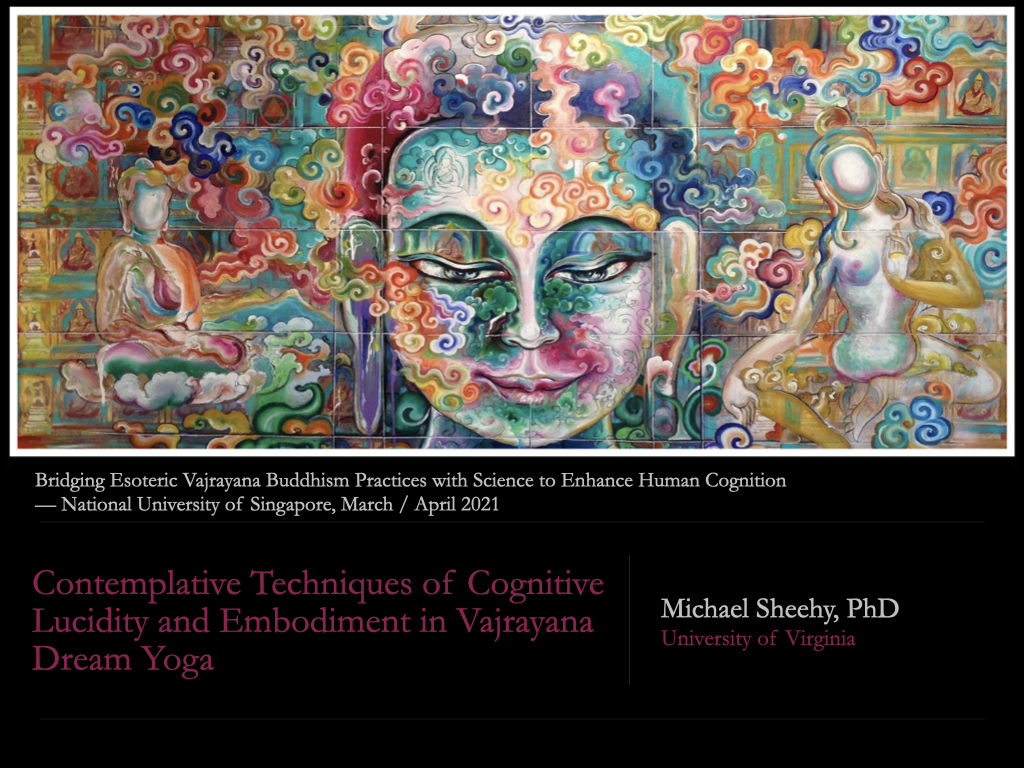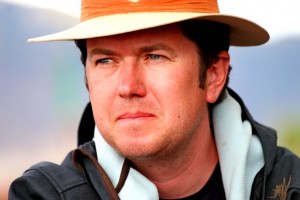Contemplative Techniques of Cognitive Lucidity and Embodiment in Vajrayana Dream Yoga
 Talk on Tibetan Buddhist techniques of dream yoga from an online workshop, Bridging Esoteric Vajrayana Buddhism Practices with Science to Enhance Human Cognition hosted by neuroscientist Maria Kozhevnikov at the National University of Singapore in April 2021.
Talk on Tibetan Buddhist techniques of dream yoga from an online workshop, Bridging Esoteric Vajrayana Buddhism Practices with Science to Enhance Human Cognition hosted by neuroscientist Maria Kozhevnikov at the National University of Singapore in April 2021.
Watch the full video talk or see the full video talk with transcripts.
Abstract: Asking, “What do dream yoga practitioners do in their sleep?” – this talk gives attention to contemplative techniques and dynamics operative during the practice of dream yoga. Given the diversity among Tibetan dream yoga practices, we detail the descriptive structure, mechanisms, and operations that comprise dreaming practice in dream yoga instruction manuals on the Six Dharmas of Niguma. The third in a series of six yogic techniques attributed to the 11th century Indian Buddhist female adept Niguma, the yoga of dreaming is a core practice detailed by Shangpa Kagyü scholars. The focus is six distinct procedures to perform during dream yoga prescribed by the Tibetan yogin Kyungpo Neljor (1050-1140), progenitor of the Shangpa order. To better understand the descriptive structure and theoretical operations of the practice, as well as correlative components and mechanisms, we analyze this succinct sequence of procedures to be performed while asleep. Specific attention is given to training the dreamer’s body with the mind (sems kyis lus sbyong) and training the mind with the body (lus kyis sems sbyong) to make observations about embodiment and cognitive lucidity during dreamtime. In an effort to advance interdisciplinary collaborations on dream research, we conclude with reflections on areas of prospective intersection with the cognitive sciences, particularly with the neurophenomenology of dreaming and recent research on real-time dialogue with dreamers.
